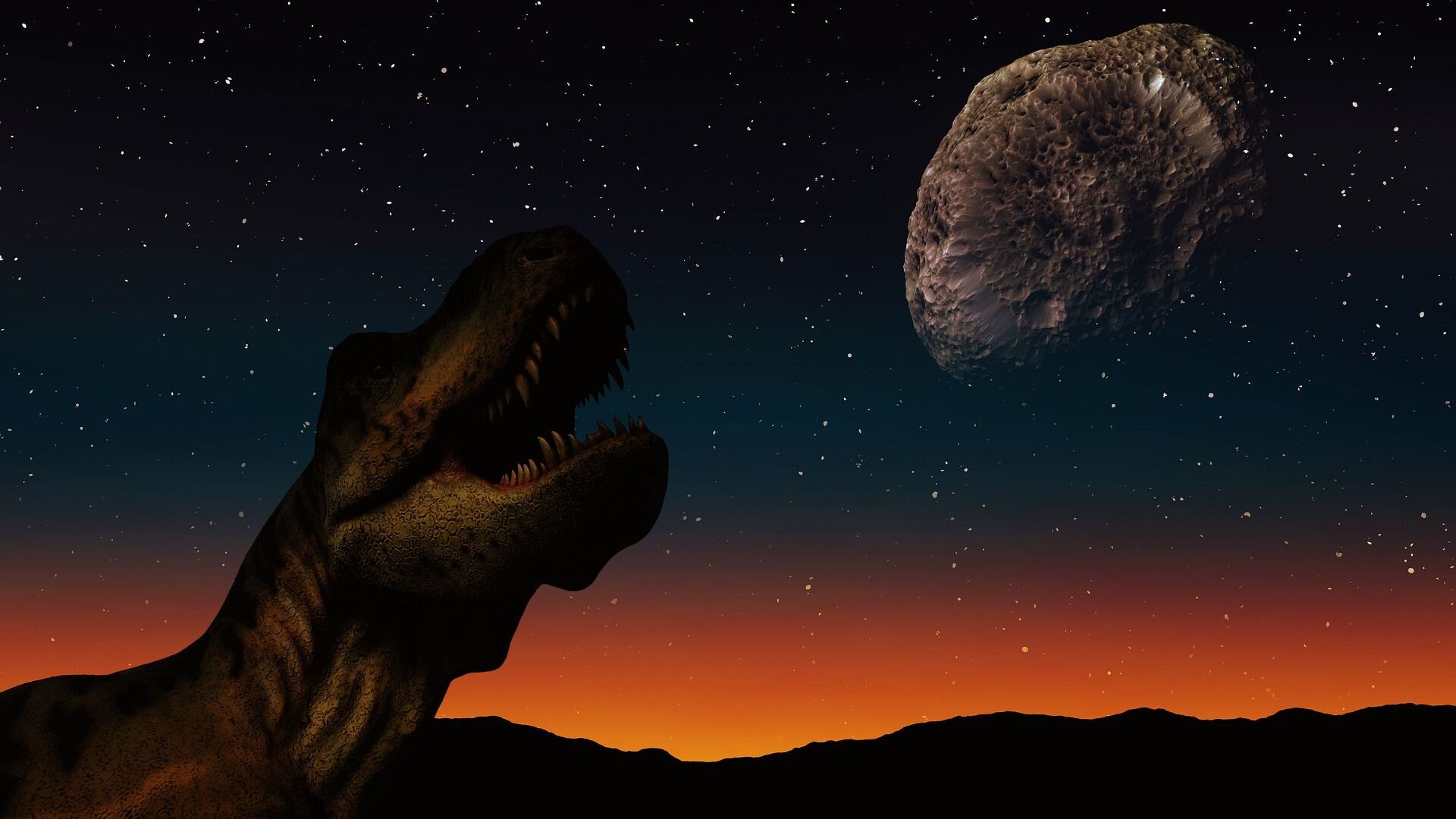https://sputnikglobe.com/20230105/scientists-find-remains-of-ancient-dinosaur-bird-hybrid-that-lived-120-million-years-ago-1106058807.html
Scientists Find Remains of Ancient Dinosaur-Bird Hybrid That Lived 120 Million Years Ago
Scientists Find Remains of Ancient Dinosaur-Bird Hybrid That Lived 120 Million Years Ago
Sputnik International
Chinese paleontologists have found fossils of a new animal species - a bird-like creature with the head of a carnivorous dinosaur.
2023-01-05T12:24+0000
2023-01-05T12:24+0000
2023-01-05T14:02+0000
science & tech
dinosaur
hybrid
bird
discovery
cretaceous period
https://cdn1.img.sputnikglobe.com/img/107943/50/1079435022_0:100:1921:1180_1920x0_80_0_0_ecfb19418581111f66ab63e952825483.jpg
A group of scientists led by paleontologist Zhou Zhonghe from the Chinese Academy of Sciences (CAS) has found a new animal species in northern China that has the body of a bird and the skull of a dinosaur. It lived approximately 120 million years ago, during the Cretaceous period.According to scientists, this species was between the lizard-like Archaeopteryx, which still strongly resembles a predatory dinosaur, and the Ornithothoraces, which already includes birds in the general sense of the word. The species was named Cratonavis zhui.By performing a CT scan of the Cratonavis' skull, the researchers found that morphologically it was almost identical to the skull of a predatory dinosaur, such as the Tyrannosaurus.As for the structure of the body, the Cratonavis was not very different from the modern sparrow. Judging by the structure of the very long scapula, it could fly, and the scapula itself compensated for the absence of a breastbone, adapted to provide the pectoral muscles with a large surface for attachment. The hind limbs, on the other hand, were adapted to grasping prey with claws and sitting on branches rather than moving on the ground.Scientists believe that this mix of traits was dictated by various environmental stimuli during the period when biodiversity was actively developing. The discovery itself will help to better understand the evolutionary process of the ancestors of modern birds.
Sputnik International
feedback@sputniknews.com
+74956456601
MIA „Rossiya Segodnya“
2023
News
en_EN
Sputnik International
feedback@sputniknews.com
+74956456601
MIA „Rossiya Segodnya“
Sputnik International
feedback@sputniknews.com
+74956456601
MIA „Rossiya Segodnya“
half dinosaur half bird lived 120 mln years ago, new ancinet species found in china, missing step of birds' evolution found in china
half dinosaur half bird lived 120 mln years ago, new ancinet species found in china, missing step of birds' evolution found in china
Scientists Find Remains of Ancient Dinosaur-Bird Hybrid That Lived 120 Million Years Ago
12:24 GMT 05.01.2023 (Updated: 14:02 GMT 05.01.2023) At this point, scientists believe that birds are descended from a certain group of dinosaurs. But there is no consensus among them as to how the evolutionary process proceeded. The recently discovered remains of a previously unknown species may help answer this issue.
A group of scientists led by paleontologist Zhou Zhonghe from the Chinese Academy of Sciences (CAS) has
found a new animal species in northern China that has the body of a bird and the skull of a dinosaur. It lived approximately 120 million years ago, during the Cretaceous period.
According to scientists, this species was between the lizard-like Archaeopteryx, which still strongly resembles a predatory dinosaur, and the Ornithothoraces, which already includes birds in the general sense of the word. The species was named Cratonavis zhui.
By performing a CT scan of the Cratonavis' skull, the researchers found that morphologically it was almost identical to the skull of a predatory dinosaur, such as the Tyrannosaurus.
"The primitive cranial features speak to the fact that most Cretaceous birds such as Cratonavis could not move their upper bill independently with respect to the braincase and lower jaw, a functional innovation widely distributed among living birds that contributes to their enormous ecological diversity," says paleontologist Zhiheng Li.
As for the structure of the body, the Cratonavis was not very different from the modern sparrow. Judging by the structure of the very long scapula, it could fly, and the scapula itself compensated for the absence of a breastbone, adapted to provide the pectoral muscles with a large surface for attachment. The hind limbs, on the other hand, were adapted to grasping prey with claws and sitting on branches rather than moving on the ground.
Scientists believe that this mix of traits was dictated by various environmental stimuli during the period when biodiversity was actively developing. The discovery itself will help to better understand the evolutionary process of the ancestors of modern birds.

